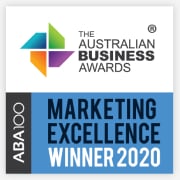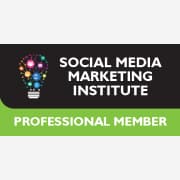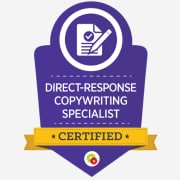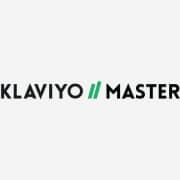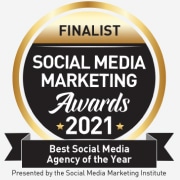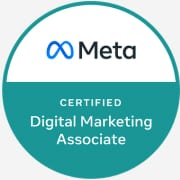Choosing the Right Facebook Campaign Objective
With 11 different campaign objectives available in the Facebook Ads Manager, it’s easy to be confused about which ones to prioritise.
How do you decide? Understand your customer journey and select campaign objectives that align with it.
Define Your Customer Journey
At Missing Link Social Media, we break down a customer journey into Awareness → Interest → Purchase → Advocacy → Loyalty.
When we do this for clients, we’ll analyse each stage to identify the greatest opportunities for building their business.
For example, some clients come to us with a business that’s already generated a lot of awareness and interest about their solution but have struggled to move people to the next stage of getting them to purchase.
I recall a recent example where the client ranked incredibly well in Google for their desired search terms and was generating a lot of traffic, but the website conversion rate was relatively low.
We jumped in and created a full Facebook ads funnel, prioritising media spend at the bottom of the funnel with a Conversion Campaign and Product Catalogue Campaign, retargeting website traffic with testimonial videos and offers that overcame common objections their customers had before purchasing.
Consider the opportunity here, when 98% of their website visitors were not purchasing and there were no initiatives to try and bring them back. Our client’s conversion rate increased and their revenue soared.
This is a great example of converting ‘interest’ into ‘purchase’ in their customer journey, however, most businesses we work with need to initially invest the highest percentage of their media spend into creating awareness and interest.
Of course, all businesses want to become as profitable as possible, as soon as possible, however, you must be realistic about creating the demand for your solution first.
Speak to Your Customer Journey
After you’ve defined your customer journey, where the greatest opportunities are, the advertising campaign objectives (see below image) you’ll use, and the audiences you’ll be targeting, you then need to ensure you’re reaching your audiences with relevant ads that speak to where they are in their customer journey so you can successfully move them through each stage.
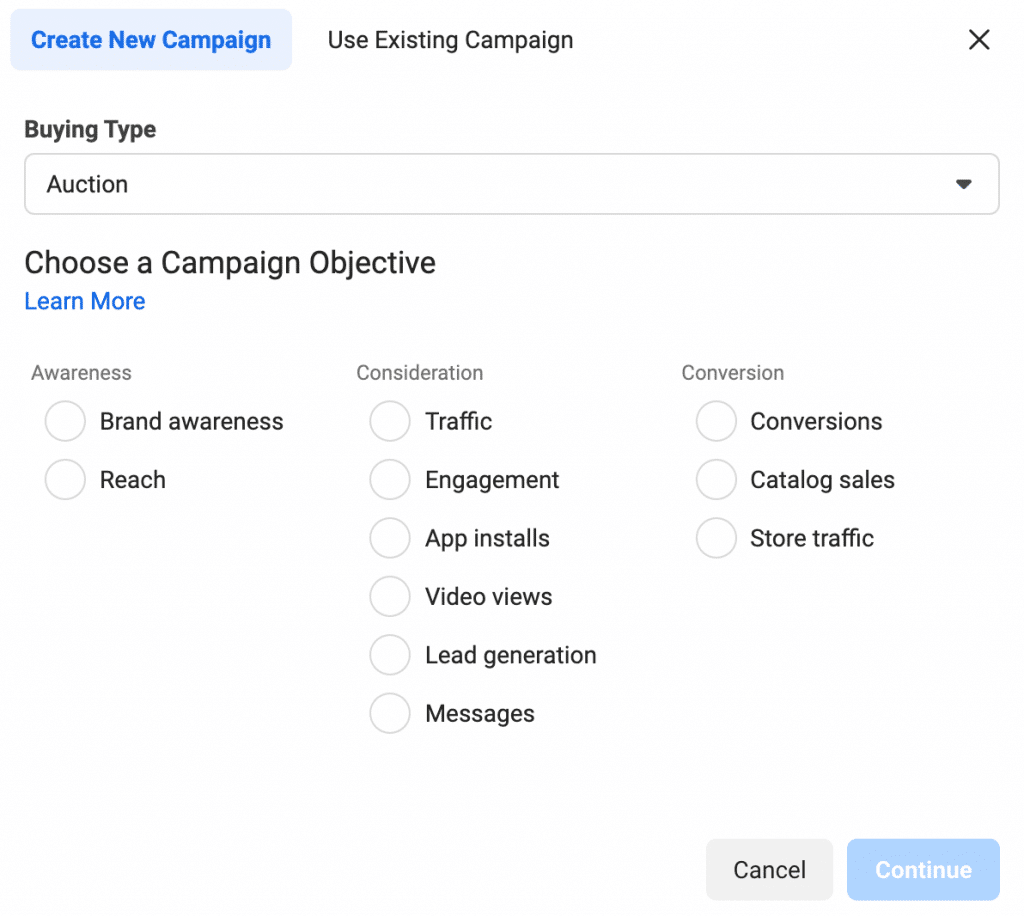
Remember this: Marketing is all about change… changing people from one emotional state to another. That’s your primary goal in one sentence.
For you to do this effectively, it requires empathy. You must understand how your audience feels about their problem, whether solutions for it exist, the emotional state they desire, whether you exist, and why people should choose you over an alternative.
I’ve never come across a better approach of understanding the psychology of customers throughout each stage of their journey than Eugene Schwartz’s ‘Five Levels of Customer Awareness’.
In his classic book, Breakthrough Advertising, Eugene Schwartz breaks down potential customers into the following five phases:
- Unaware: Don’t know about you or their problem.
- Problem Aware: Know they have a problem, but aren’t aware of solutions.
- Solution Aware: Know solutions exist, but haven’t chosen one and still don’t know about your solution.
- Product Aware: Know who you are and you sell a solution to their problem but aren’t totally sure you’re right for them.
- Most Aware: Fully aware of you and what you have to offer. They think you’re the best and just need to know the price and how to buy.
You must start by understanding how ‘aware’ your market is of the solution you provide.
Top of Funnel Campaign Objectives
It frustrates me when I hear people say Top of Funnel (TOF) metrics are just “vanity metrics”. The reality is, this is the start of your customer journey and you must respect the metrics that tell you if your awareness campaigns are working.
These ‘vanity metrics’ tell you how many people you’re reaching and if your content is resonating with them. If it’s not, it will have a substantial impact on how much you’ll be paying when they do progress through the customer journey and convert into customers.
The campaign objectives we use to build awareness at the start of the customer journey are:
- Reach
- Video Views
- Engagement
- Traffic
- Conversions (for eCommerce)
- Lead Generation (for service-based businesses, promoting downloadable resources)
The cold audiences we use are:
- Interest / demographic / behavioural-based
- Lookalike Audiences of Custom Audiences
In most cases, the ads we create at the start of the customer journey serve the purpose of *strategically educating audiences more about their problems, without really emphasising the solution. This can be achieved in the form of:
- Blog posts
- Educational videos
- Brand story videos
- User-generated content
*You can build and target an audience of people with ads at the middle of your funnel using engagement-based Custom Audiences.
Now, I’m not saying you can’t mention the solution you provide, you just want to come at it from an educational point of view. For example, we find that for eCommerce clients, user-generated content (UGC) works really well because it’s normally someone telling a story of what the product is, how it works, the problem they had, and the outcomes after using the product.
The goal here is to join the conversation that’s already happening in their head, considering they may not even know they have a problem (Unaware), are aware of their problem but not solutions (Problem Aware) or know there are solutions to their problems but haven’t chosen one yet and don’t know about you (Solution Aware).
Put simply, reach people with content that focuses on their problems.
This will build trust while educating them about your solution.
Wyatt Wood said it best: “When you can articulate a person’s problem better than they can, they unconsciously & automatically give you credit for knowing the solution.”
Middle of Funnel Campaign Objectives
The middle of the funnel is my favourite stage of the funnel because it’s taken for granted because it’s so misunderstood.
It’s also the underdog.
The Steven Bradbury of the funnel…

Strategically and patiently sitting back, waiting for the competition to rush for the finish line.
For me, this also the stage of the funnel where the excitement begins.
Because we’ve been adding value at the top of the funnel; speaking to your audience’s problems and educating them… This is where you’ll really start to see some traction because it’s likely your audience now knows who you are and what you sell (Product Aware).
The campaign objectives we use at the middle of the funnel are:
- Traffic
- Conversions
- Lead generation (for building an email list and generating leads)
- Messages
The audiences we’ll target are all Custom Audiences.
We use special combinations and time ranges depending on the audience size and the average time it takes a customer to complete a purchase. The Custom Audiences we here are:
- Video Views
- Website
- Customer List
- Instagram Account
- Facebook Page
The messaging you need to use here changes from introducing yourself for the first time at the top of the funnel, to talking more about the features, benefits and outcomes of your solution.
You need to move them from Solution Aware to Product Aware.
You’re trying to get them to visit your website.
‘Show, don’t tell’ is crucial at this stage… prove you’re the best by showing them.
The messaging for your ads at the middle of your funnel could include:
- Storytelling of the customer journey by interviewing customers
- Demonstrations of how your solution works and the results
- A combination of long-form and short-form ads that educate your audience about the features of your solution including, their benefits and outcomes (both emotional and tangible outcomes) attached to these benefits
- Before and after photos/videos (although this is against Facebook advertising policies and can be difficult to get through so we normally use videos here to crack that code).
- Educate them about your strongest features and what makes you unique
You’re trying to connect the dots between their problem and your solution while persuading them that you are the best company for the job.
Bottom of Funnel Campaign Objectives
The bottom of your funnel is the final and most profitable stage.
It’s where you know with 100% certainty that your audience has high purchase intent because they have visited your website or supplied their contact details.
They are at the ‘Most Aware’ stage of Customer Awareness.
It’s time to seal the deal in your ads by overcoming objections as to why they haven’t taken the next step to becoming your newest customer.
There are many approaches you could take. I’d suggest you consider:
- Case studies/testimonials
- Offers/promotions/incentives
- User-generated content
- Using scarcity/urgency in your messaging
- If you’re an eCommerce business, ensure you’re using dynamic product ads.
- If you’re service-based, you might like to retarget website traffic of individual services pages with case studies or video testimonials related to those services (using a Messages or Lead Generation campaign).
The campaigns we create at the bottom of the funnel are:
- Catalogue Sales (eCommerce)
- Conversions
- Lead Generation
- Messages
The audiences we create are:
- Website Custom Audience (whole website, and specific pages)
- eCommerce Product Catalogue (Viewed or Added to Cart, but not Purchased)
- Customer List (master email database, previous customers, subscribers etc)
Fill That Funnel!
Alright, now I’ve talked you through the Facebook campaign objectives and how they relate to the 5 Levels of Awareness and audiences you can use, you’re starting to run out of excuses for getting a full funnel pumping in your Facebook Ads Manager.
Of course, if you don’t have the time or staff to manage it, you can book straight into my calendar to see what it would be like having my team and I manage it for you; simply click here.
